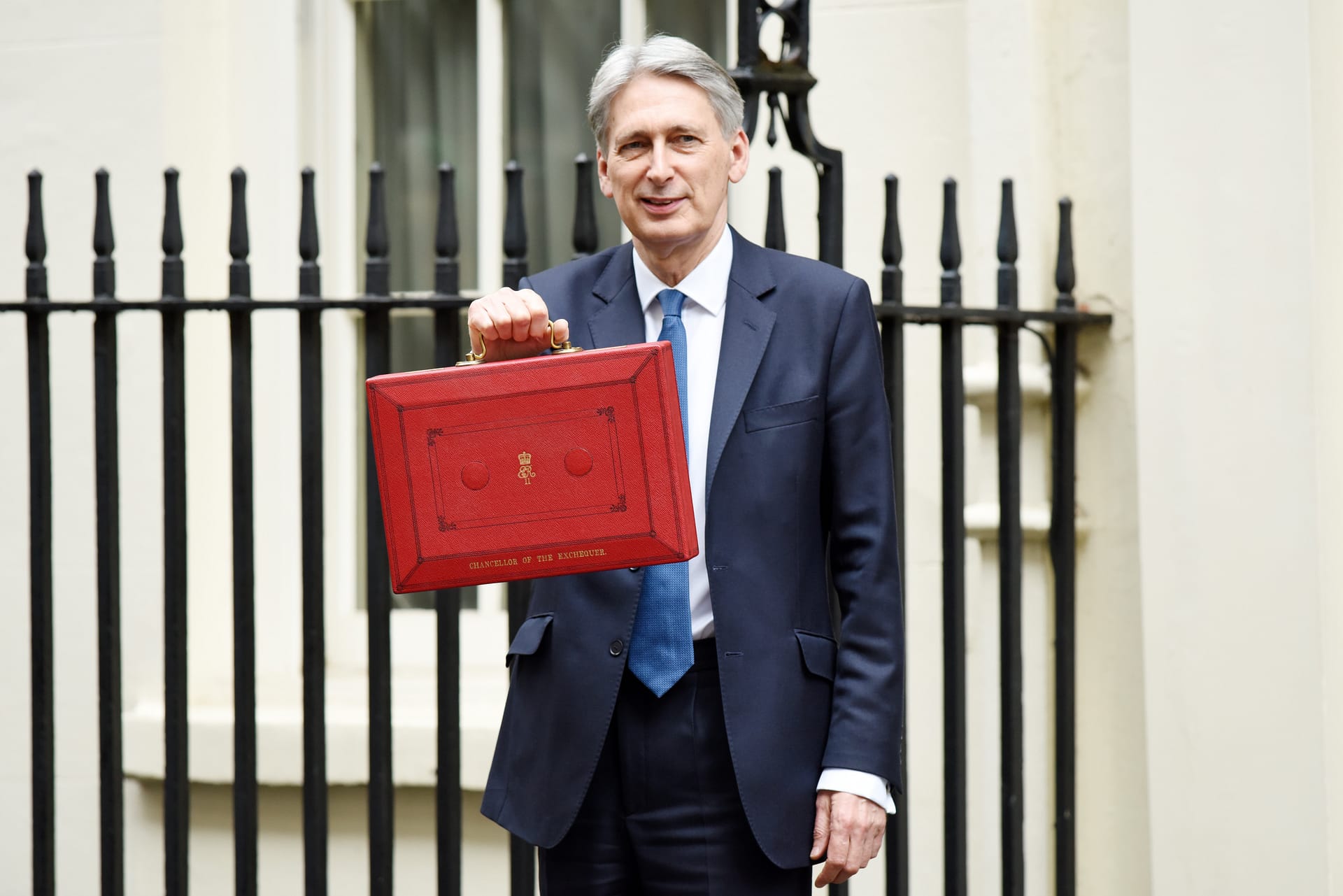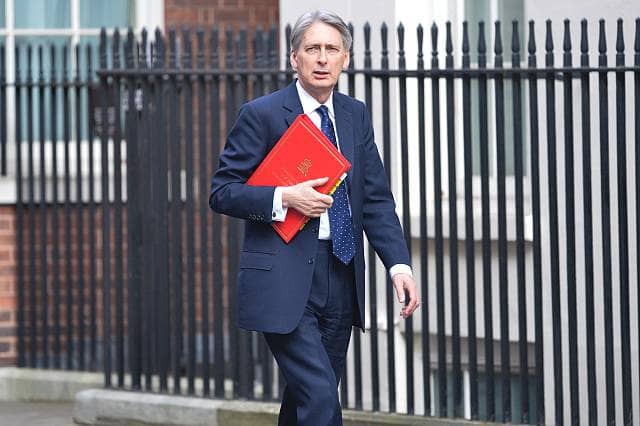35% of UK-based CEOs saw a drop in their overall remuneration in 2022, finds newly published research from Vlerick Business School.
Conducted by Professor Xavier Baeten and researcher Marthe Van Hove, the annual CEO Remuneration study analyses the compensation practices of CEOs in the Stoxx 600, a stock index of 600 large, mid and small-cap companies across 15 countries in Europe.
This year, it is based on the latest available data from 2022 and reveals insights into the developing levels, structures, and complexity of CEO pay.
CEO pay reflects a company’s strategy, stakeholder expectations, and market conditions, and the executive remuneration report provides insight into how it works, as well as concrete pay figures. The data was hand-collected by researchers.
According to the study, the median total remuneration of CEOs in the Stoxx 600 was approximately £3.011 million (€3.5 million) in 2022, a slight decrease from almost £3.096 million (€3.6 million) in 2021.
The median total remuneration of CEOs in the Stoxx 600 was nearly stable at approximately £3.011 million (€3.5 million) in 2022, with a marginal decrease of €55,000, from the 2021 figure of almost £3.096 million (€3.6 million). However, there was significant variation across countries, with Germany, the UK and France having the highest median pay.
The median total remuneration in Germany was £4,118,274.30 (€4,787,522), beating both the medians for the UK (£3,533,715.15 or €4,107,968) and France (£3,428,217.28 or €3,985,326). On the other end of the scale, the median total remuneration in Sweden was £1,512,857.35 (€1,758,707), in the Netherlands it was £2,223,539.62 (€2,584,880), and in Belgium it was £2,686,226.80 (€3,122,757).
The study also found that 66% of UK CEOs received an increase in their total remuneration from 2021, whilst 34% have since seen their total pay packages decrease.
Baeten and Van Hove also explored the key performance indicators (KPIs) used to determine short-term incentives (STI) and long-term incentives (LTI) for CEOs. They found that while financial KPIs were still dominant, environmental, social and governance (ESG) KPIs are becoming more prevalent year after year.
The results showed that UK CEOs are more likely to consider environmental, social, and governance (ESG) factors in their short-term performance incentives compared to the average of companies in the Stoxx 600 index. However, when it comes to long-term incentives, the opposite is true. For instance, 29% of UK CEOs include reducing emissions as a goal in their short-term incentives, while this is at 24% for the Stoxx 600. On the other hand, in long-term incentives, 73% of UK firms include relative return measures, compared with only 52% for the Stoxx 600 as a whole.
When examining the top 10 most commonly utilised KPIs in STIs across the Stoxx 600, half of them are associated with ESG —namely, employee engagement, emissions, health and safety, environmental strategy, and diversity. Next to reducing emission (29%), health & safety (24%), the development of an environmental strategy (22%), and diversity (20%) are among the most popular KPIs determining short-term incentives.
For the first time, the study also measured the complexity of CEO pay, using a scorecard that considered the number and type of pay instruments, performance measures, ESG dimensions and holding periods. The study found that the complexity of CEO pay has increased drastically over the past five years.
Professor Baeten said, “We see an interesting relationship between pay systems and share ownership structures. In cases of more concentrated share ownership, pay systems are less complex.
“On the other hand, when higher-stakes are held by institutional investors, pay systems are more complex. In our opinion, this is related to the fact that major shareholders exercise more direct monitoring, being frequent performance dialogues, etc.
“This decreases the need for highly formulaic and controlling incentive systems.
“Even though there isn’t an immediate consequence of having excessively complex CEO pay structures, our observation indicates that after three years of doing so, companies tend to experience negative financial impacts on their overall business.
“Boards need to carefully strike a balance, providing incentives for leadership without making it overly complex to the extent that it leads to a lower financial performance.”






Leave a Comment